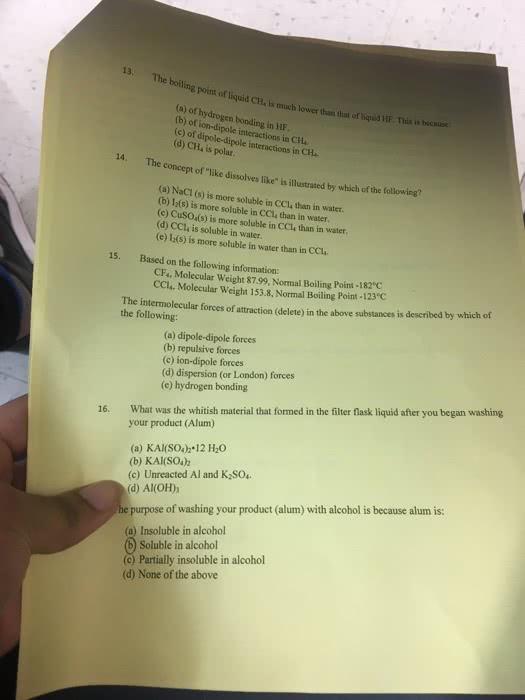CHEM 1A Lecture Notes - Lecture 11: London Dispersion Force, Miscibility, Hexane
Document Summary
Solubility of compounds in solvents and miscibility of liquids are governed by intermolecular interactions. While the general rule like dissolves like usually works, it does not convey the essence of what really matters. In the case of two compounds a and b, it is important to consider the relative magnitude of the intermolecular attractions between a-a, b-b and. A-b in order to predict and understand solubility and miscible types of a and b. When dealing with aqueous solutions, we find that conductivity depends on whether solutes dissociate forming ions. Acids and bases are compounds which when dissociated produce hydrogen and hydroxide ions, respectively. Chemists use molarity, m, and ph to keep track of the quantity of molecules and ions in the specified volumes of solutions. Figure out how to prepare solutions of desired volume and concentration using more concentrated solutions of the same compounds.



